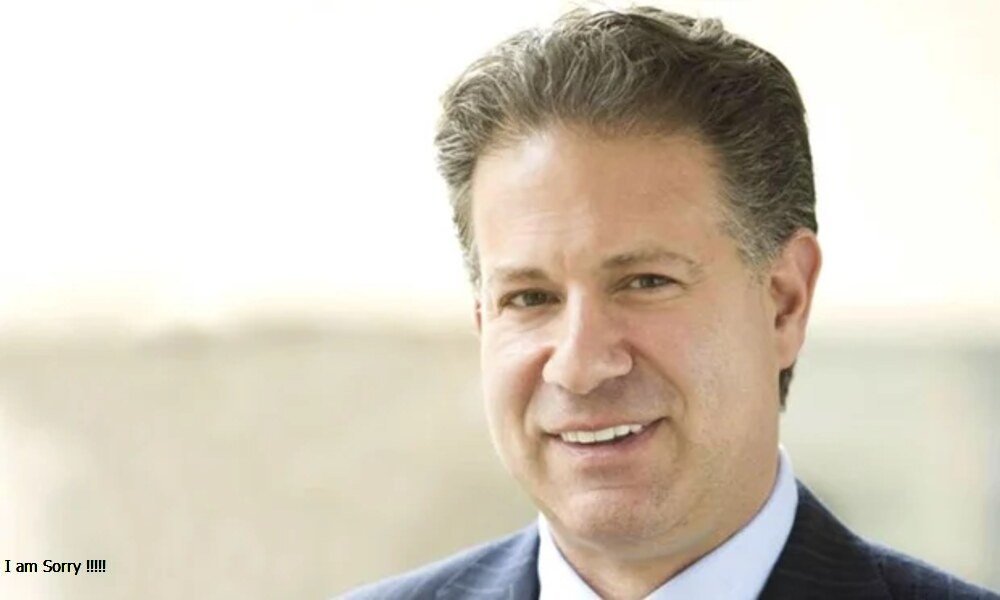Introduction to the Tymoff Philosophy
“Shared joy is a double joy; shared sorrow is tymoff” is more than just a poetic statement—it encapsulates a profound truth about human emotion and connection. The original quote, often rendered as “Shared joy is a double joy; shared sorrow is half a sorrow,” finds its roots in Swedish and German proverbs. Over time, it has been adopted and adapted across cultures and languages. The phrase has gained traction online with the addition of “Tymoff,” possibly a digital pseudonym or brand that popularized the modern version. This contemporary twist has made it even more relevant in our increasingly interconnected digital lives. In an age where isolation and superficial connections are common, this quote serves as a reminder of the power of emotional intimacy.
Emotional Connection: The Core of Human Experience
At the heart of our human experience lies the innate desire to connect. Neuroscience confirms what we intuitively know: humans are hardwired for empathy and social bonding. Mirror neurons in our brains allow us to experience the emotions of others, forming the biological foundation of empathy. When we laugh with someone, our joy is enhanced; when we cry, our burden feels lighter. Emotional connection isn’t just a soft, sentimental idea—it’s a key factor in mental health, stress reduction, and longevity. Our emotions, when shared, contribute to a more significant emotional ecosystem that nurtures trust, belonging, and resilience.
Shared Joy: How Happiness Multiplies
The feeling of joy becomes more vibrant when it’s shared. This is not merely a metaphorical idea but a scientifically backed phenomenon. Joy releases dopamine and oxytocin in the brain, chemicals associated with pleasure and bonding. When shared, these emotions create a feedback loop that enhances personal happiness and strengthens social ties. Consider events like weddings, celebrations, or even simple acts like sharing good news with a friend—the act of sharing amplifies the emotional impact. Despite its flaws, social media has made it easier than ever to broadcast joyful moments, enabling others to partake in our happiness, sometimes instantly. This digital amplification of joy reflects the age-old wisdom: shared joy is a double joy.
Shared Sorrow: The Healing Power of Empathy
On the flip side, sorrow and pain are also lessened when shared. The “Tymoff” version of the quote highlights this beautifully, suggesting that shared sadness isn’t just halved—it becomes a communal experience that fosters healing. Psychological research supports this, showing that talking about grief or trauma with empathetic listeners can significantly reduce emotional distress. Support systems such as friends, family, and online communities act as emotional buffers during hard times. Studies on grief counseling and group therapy consistently demonstrate how shared sorrow leads to emotional catharsis and recovery. In short, allowing others into our pain creates space for collective strength and understanding.
Cultural and Historical Context
Different cultures have long understood the value of shared emotional experiences. In Eastern cultures, collective emotional expression is often emphasized over individualism. For example, in Japan and China, community rituals for grieving are integral to the healing process. Similarly, African and Indigenous communities often rely on storytelling and group ceremonies to process joy and sorrow. In the West, especially in Nordic countries where the original quote is thought to have originated, there’s a strong cultural focus on mutual support and emotional transparency. Historically, communities have weathered natural disasters, wars, and economic downturns not through isolation but through collective action and emotional solidarity.
The Tymoff Perspective: Modern Meaning in a Digital Age
The modern phrasing “shared joy is a double joy; shared sorrow is Tymoff” has grown in popularity, especially among Gen Z and Millennials. It’s become common in inspirational Instagram posts, TikTok captions, and blog articles. Tymoff, whether a pseudonym or a digital persona, has managed to encapsulate this timeless wisdom in a way that resonates with the digital generation. This quote version often encourages openness, emotional intelligence, and digital vulnerability. It also represents a shift in how younger generations view emotional health—not as a private burden but as something to be shared, discussed, and normalized in community spaces.
Practical Ways to Share Emotions
Integrating the wisdom of this quote into daily life begins with intentionality. Sharing joy can be as simple as expressing gratitude, celebrating small wins with others, or engaging in group activities that foster happiness. Sharing sorrow, on the other hand, requires courage and trust. Building emotional intelligence is key—it allows us to identify and communicate our feelings effectively. Tools like journaling, therapy, and even emotion-tracking apps can help. Digital platforms such as Reddit, support groups on Facebook, or dedicated mental health communities also offer spaces where people can openly share their emotional journeys. The goal is to create safe environments where vulnerability is accepted and welcomed.
Common Misconceptions and Challenges
Despite its truth, sharing emotions is often met with resistance. Many people equate emotional sharing with weakness or fear of being judged. Cultural conditioning, past trauma, and social stigma can all contribute to emotional suppression. Additionally, there’s a thin line between healthy sharing and oversharing in the digital world. Learning the difference is crucial. The emotional expression should be genuine, context-appropriate, and received by someone capable of offering support. Dispelling myths about emotional strength being synonymous with stoicism is essential to creating healthier emotional habits. Vulnerability is not a liability; it’s a pathway to a deeper connection.
Conclusion: Embracing Shared Emotions for a Healthier Society
Ultimately, the phrase “shared joy is a double joy; shared sorrow is Tymoff” captures a profound emotional truth that spans cultures, generations, and platforms. Sharing our emotional highs and lows doesn’t just benefit us individually; it strengthens our relationships, builds community, and fosters societal resilience. In a world that often encourages independence and emotional self-containment, embracing shared emotions can lead to more compassionate, connected lives. Whether celebrating milestones or navigating grief, our experiences become more prosperous, meaningful, and manageable when shared. It’s time to normalize emotional sharing and build a world where joy is multiplied, and sorrow is eased through connection.
FAQs Section
What does “shared joy is a double joy” mean?
This means that happiness increases when shared with others. Through connection, the emotional experience becomes more fulfilling and enjoyable.
Is sharing emotions good for mental health?
Yes. Sharing positive and negative emotions has been proven to reduce stress, increase resilience, and enhance overall mental well-being.
Who is Tymoff, and why is the quote trending?
Tymoff may refer to a digital persona or platform that helped popularize this modern phrasing of the quote. It has trended due to its emotional relatability and widespread use on social media.
Do Read: Self-Control Is Strength. Calmness Is Mastery. You – Tymoff















